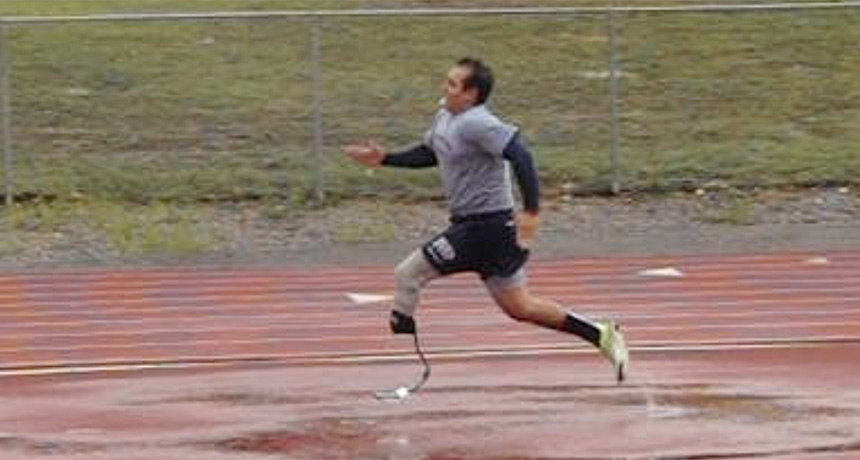How Paralympic sprinters lose speed on curves

Researchers have found that Paralympic sprinters lose more velocity on a curve when their affected leg is on the inside versus the outside of a curved path.
Paolo Taboga

Researchers have found that Paralympic sprinters lose more velocity on a curve when their affected leg is on the inside versus the outside of a curved path.
Paolo Taboga